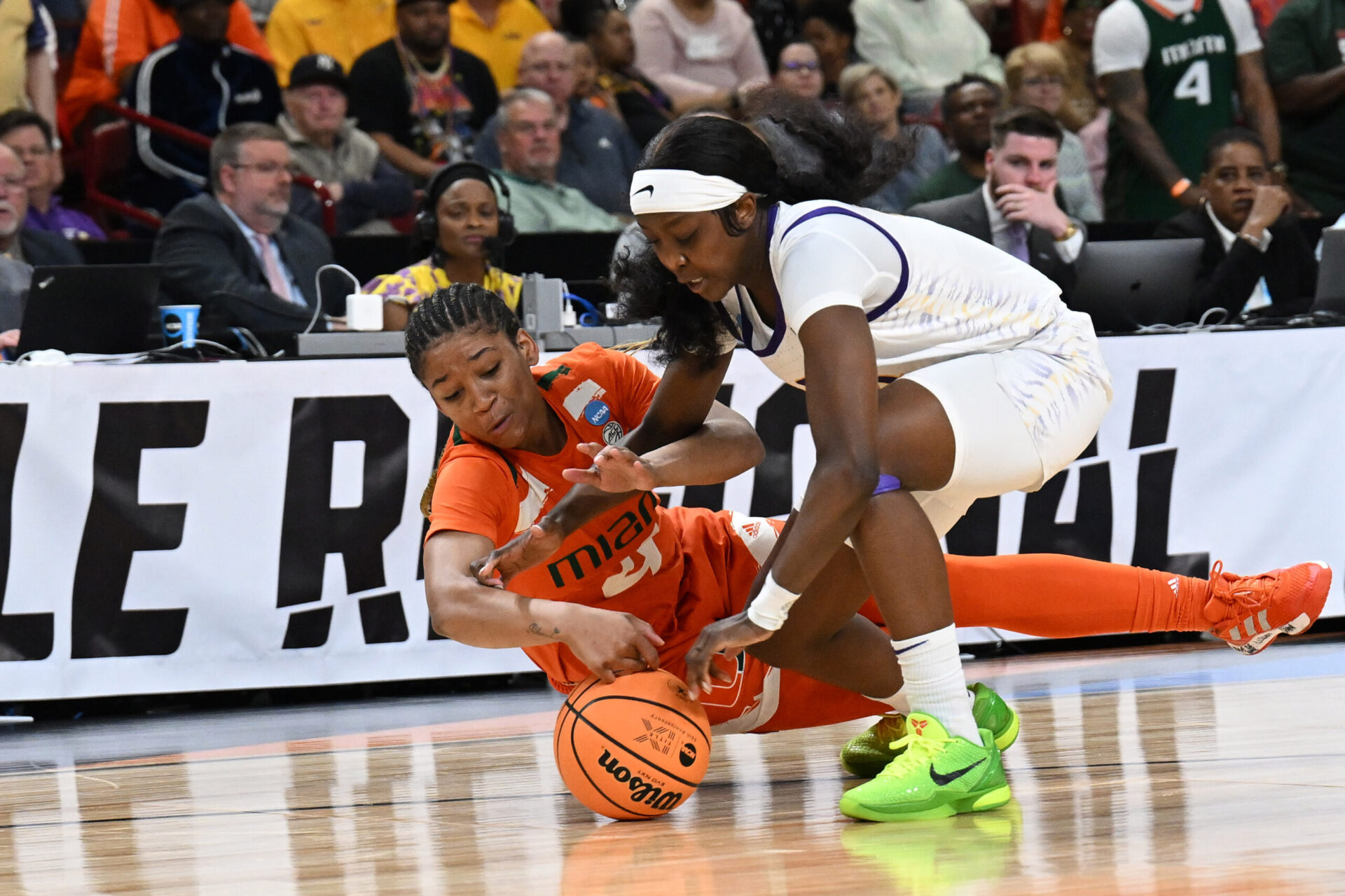
August 8, 2023
NCAA Will Provide Post-Eligibility Injury Insurance Coverage For Student-Athletes
The National Collegiate Athletic Association (NCAA) will offer member schools post-eligibility insurance coverage for student-athletes.
According to an NCAA release, the coverage will last for two years after student-athletes complete their college athletic experience. The insurance will cover injuries sustained while playing for their school.
The insurance will kick in August 1, 2024. In the coming months, the NCAA will provide schools with educational and informational materials and updates on the program’s implementation.
“Student-athletes deserve the coverage offered in this plan, no matter their division,” NCAA President Charlie Baker said in a statement. “Thanks to the many voices who have supported this idea since the Division I Transformation Committee formalized it in their final recommendations earlier this year. It’s another occasion where the NCAA can show its unwavering commitment to and support for student-athletes.”
The announcement is a response to recommendations from the Division 1 Transformational Committee to create a “holistic student-athlete benefits model” that guarantees student-athletes increased medical coverage for sports-related injuries for a minimum of two years after graduation or the completion of their athletic experience.
Ninety-nine percent of student-athletes will not play professional sports and the injuries they sustain could affect them later in life years after they’re done playing sports. Torn ligaments, broken bones, and even sprained ankles and knees turn memories at the height of college athletics into decades-long tolls and pain.
The policy’s annual premium is projected to be $26 million, according to the release. The insurance plan will have a $90,000 excess limit per injury, with no deductible. Mental health coverage related to injuries sustained will also be provided. The policy will be secondary to other insurance policies and cover students who played sports for the NCAA’s Division I, II, and III schools.
The NCAA includes more than 350 schools, including 23 HBCUs. Division 1 schools alone field nearly 6,700 athletic teams and provide opportunities for 192,000 student-athletes to compete in NCAA sports each year.